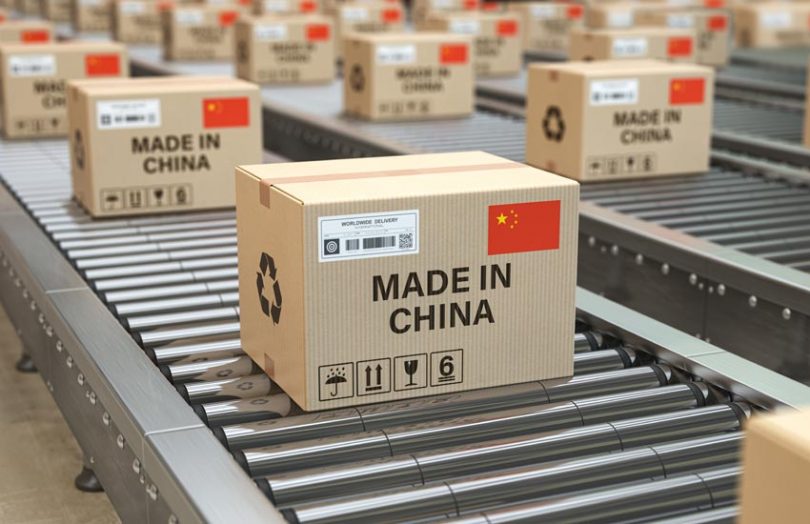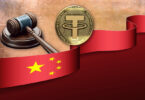This week the National Internet Finance Association of China (NIFA) published a report about blockchain, including a survey.
In terms of financial applications, supply chain finance accounted for 32.6% of applications following by trade finance and insurance with 11.2% each. Cross border payments represented 7.9% and asset securitization 6.7%.
The study explored 112 financial blockchain projects, of which 89 were specific applications, with the balance focusing on generic tools such as traceability, or core technology research.
NIFA found that incumbent financial institutions tend to initiate projects on their own rather than as part of an alliance or consortium. Given the emphasis on supply chain finance, that makes sense. The research found that this approach is easier, faster, and lower risk because of greater control.
A good example, not explicitly mentioned in the report, is the forfeiting network set up by China Construction Bank, which processed more than $50 billion in transactions by September last year.
In contrast, NIFA found that internet finance and fintech companies tend to be more externally focused. Because they work in multiple industries, they quickly develop practical experience and can develop new business models based on blockchain.
A particularly Chinese perspective in the report was a concern over trade protectionism. It noted technical dependencies on open source software as well as hosting platforms that are subject to local laws. As an example, it highlighted GitHub’s terms. We checked, and indeed it includes the following clause: “You may not use GitHub in violation of export control or sanctions laws of the United States or any other applicable jurisdiction.”
One of the report’s key recommendations was to increase research and analysis of blockchain security risks. Just two months ago, the DTCC released a whitepaper calling for distributed ledger (DLT) security standards.
Another suggestion was to embed regulatory supervision to improve the efficiency of oversight.
And NIFA raised a topic that is coming up frequently – enabling cross-chain information sharing or interoperability for supply chain finance. It seems the technology that intends to break down silos has a habit of creating new ones.






